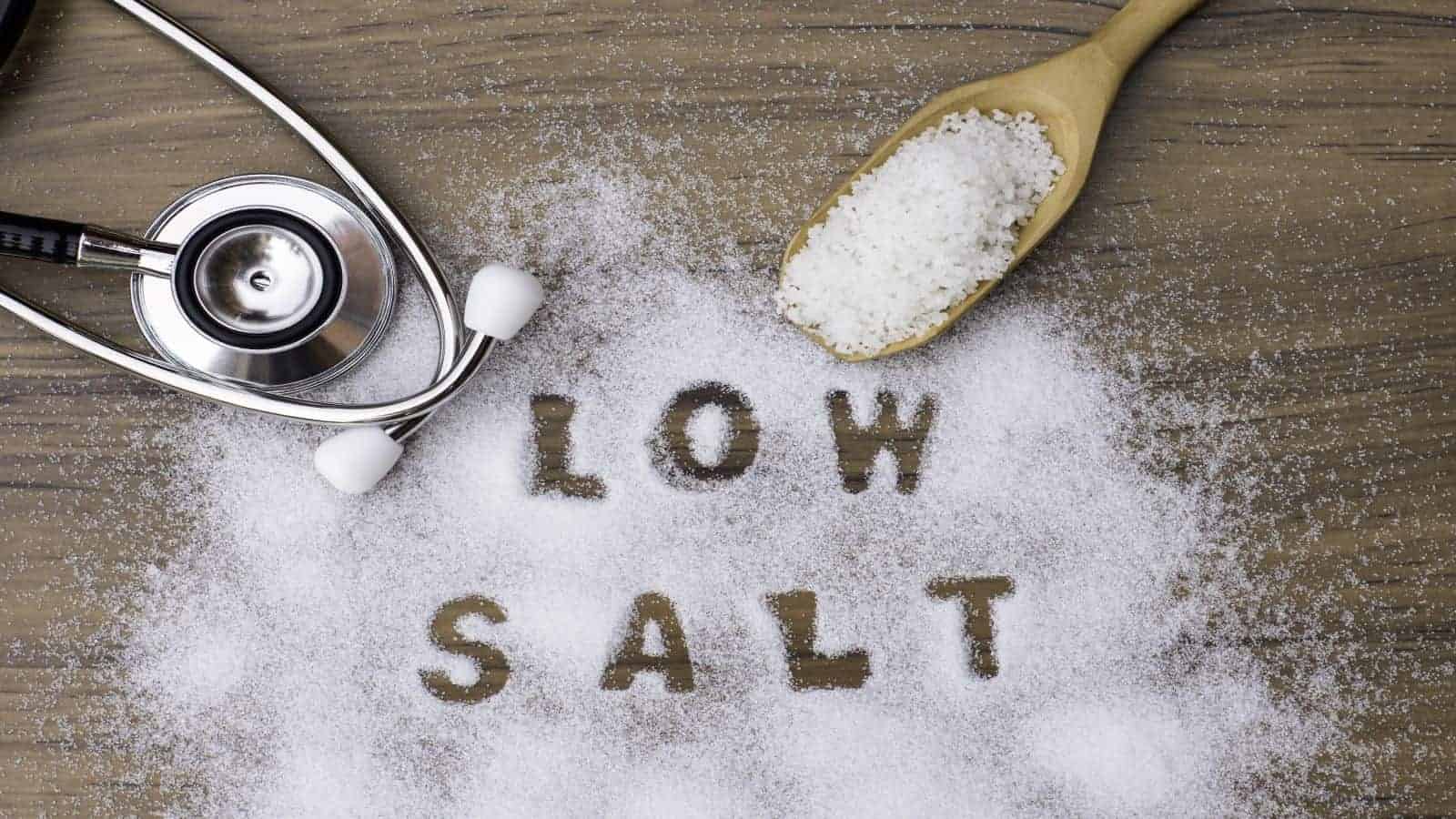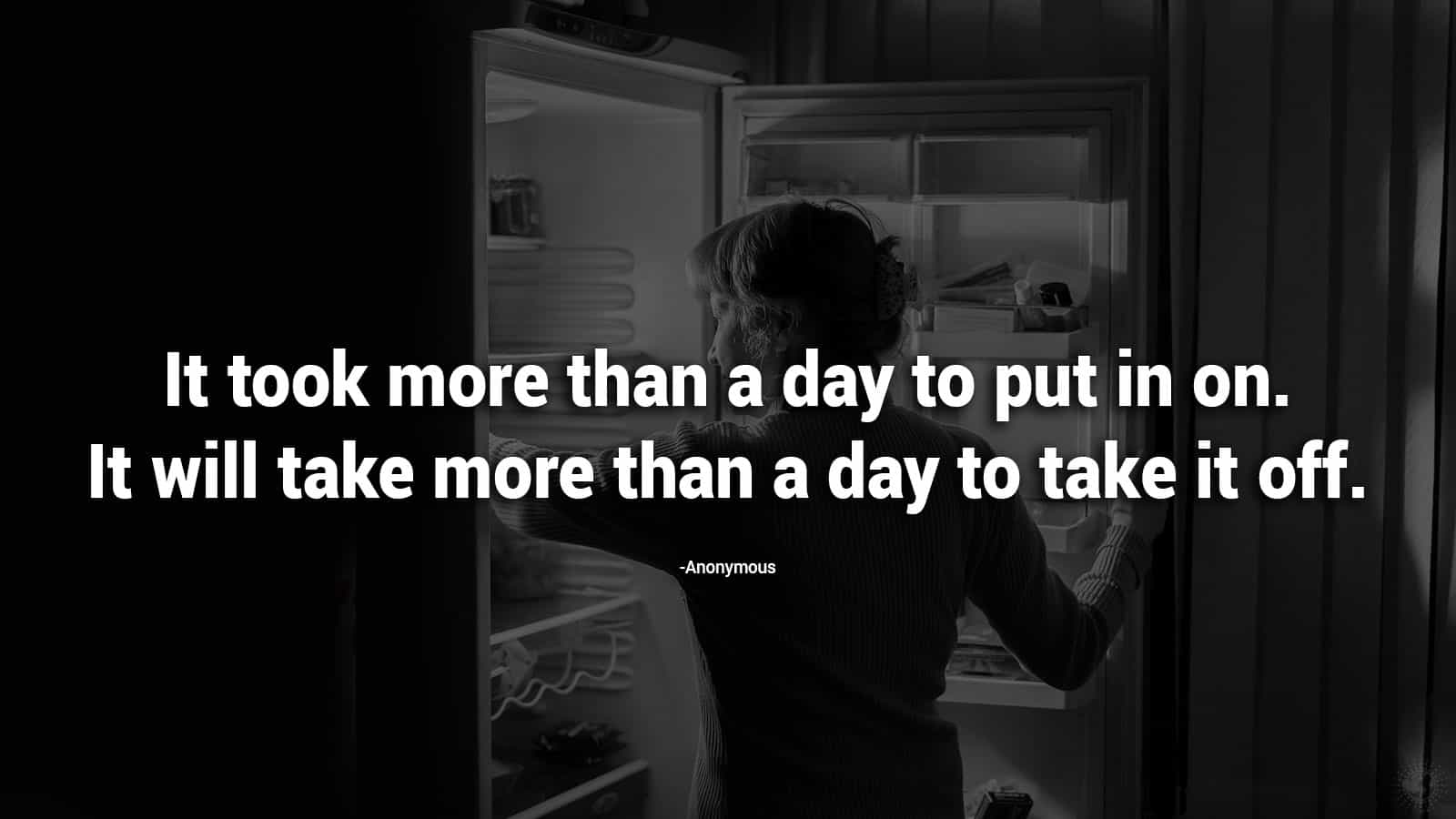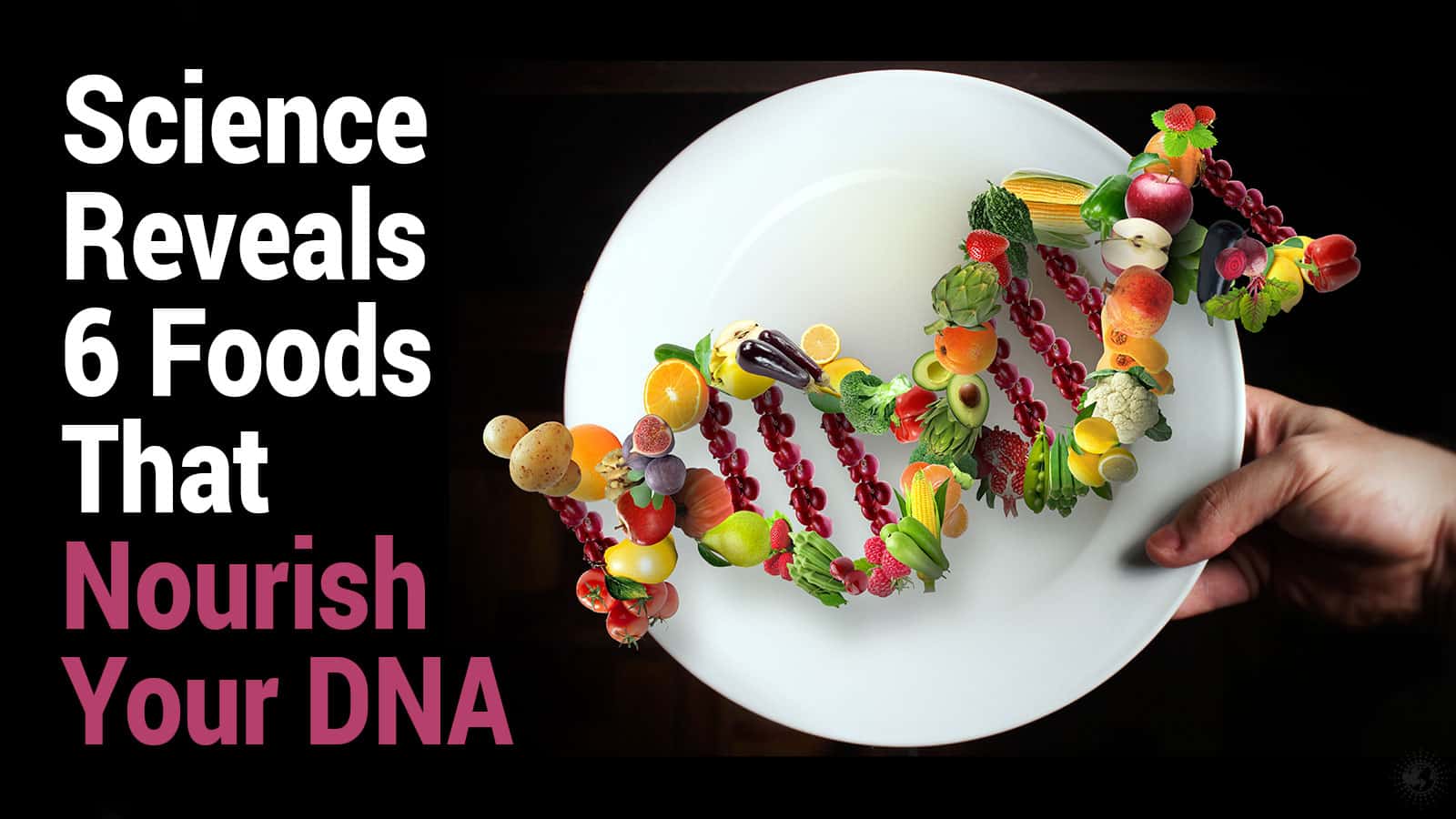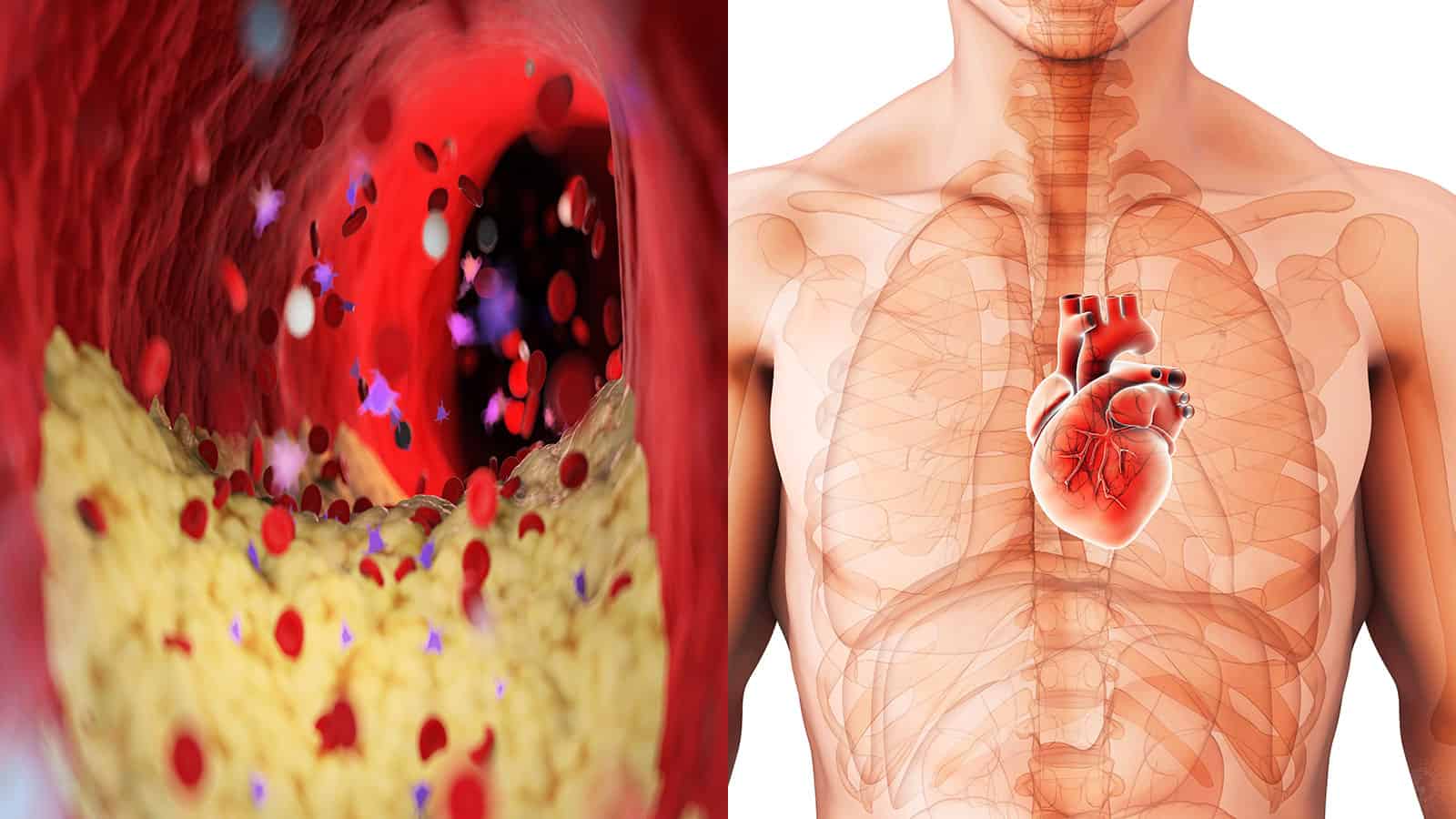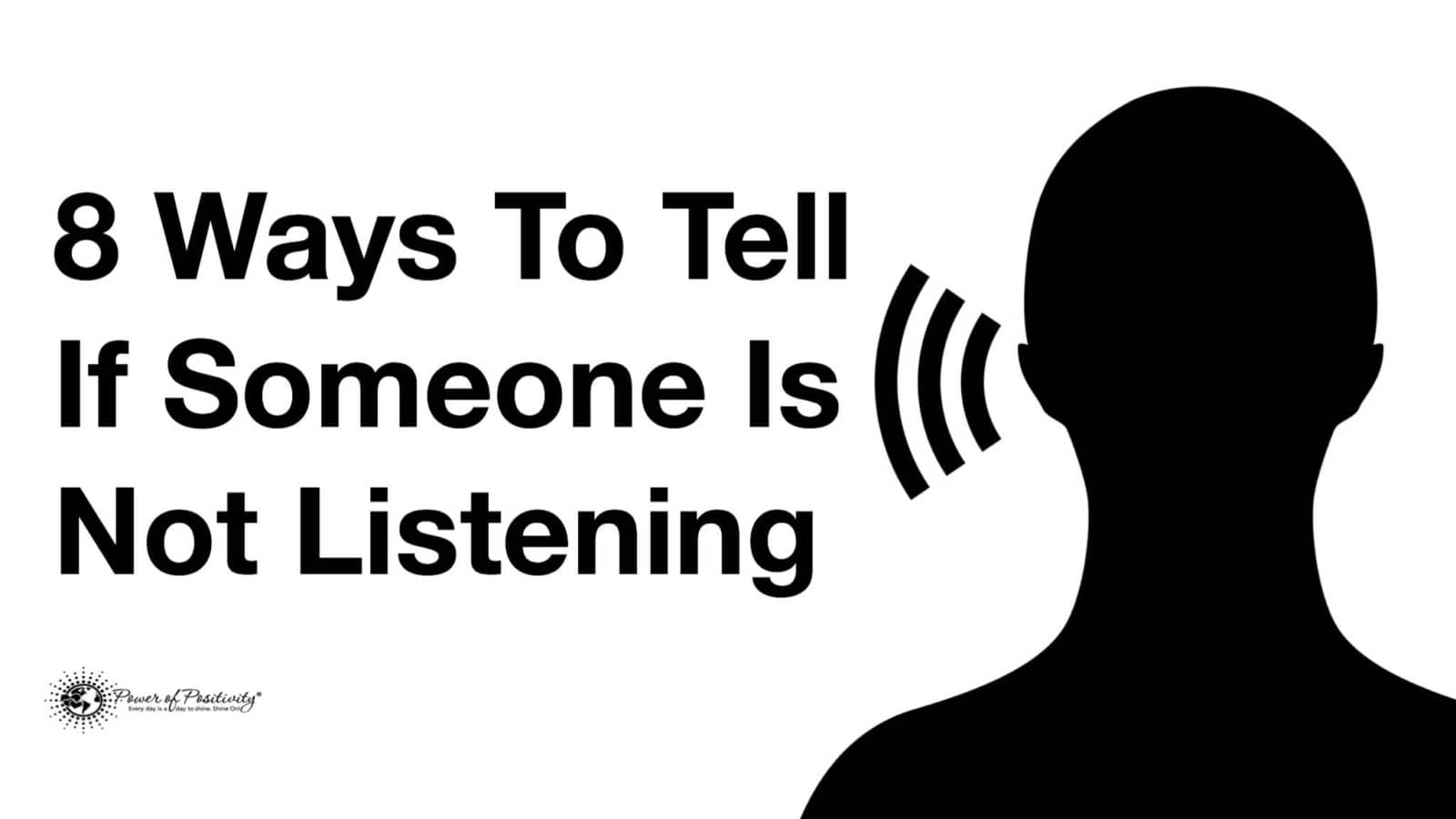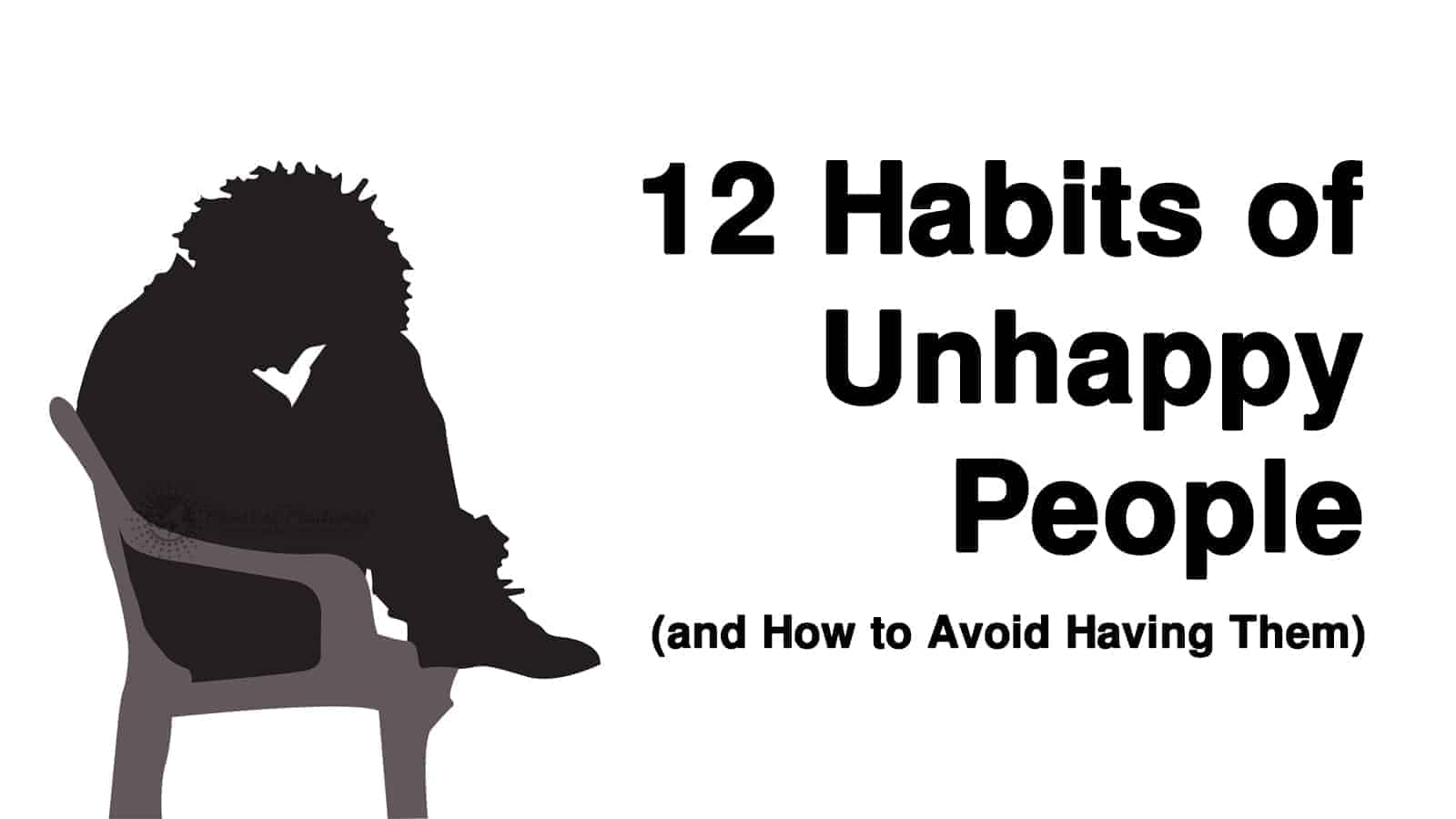If you have elevated blood pressure, you probably consume a low-sodium diet as part of your lifestyle.
Sodium gets a bad rap, but it’s not all bad. It’s an essential mineral for your body’s health. Commonly found in table salt, it flavors and preserves foods, makes brines.
Unfortunately, it’s easy to go overboard with your sodium intake. Too much sodium isn’t healthy, especially for your heart. This reason is why so many people are choosing a low-sodium diet. So, how does a low-sodium diet improve your heart health?
What is sodium?
Sodium is a necessary mineral for your body. It maintains the fluid balance in your cells and adds electrolytes to your body. It also supports the movement of your nerve impulses, aids your muscles to contract and relax, and aids your digestion, plus maintains your blood volume and blood pressure.
How much sodium do you need?
But eating enough sodium isn’t usually a problem, because today most Americans eat way too much sodium in their diet. Dietary guidelines suggest consuming between 1500mg to 2,300 mg or one teaspoon of sodium per day, but the typical American eats at least 3,400mg or more of sodium.
High sodium and your health
Overeating sodium leads to high blood pressure, heart disease, or stroke. Consuming too much sodium can even affect your brain and cause calcium loss in your bones.
Choosing a low-sodium diet
Studies have found that adults who chose to reduce sodium levels in their diet had lower blood pressure, less risk of stroke or heart disease. Overall, a low sodium diet is a healthy choice.
Simple steps to lower sodium
Eating low sodium improves your health, but where do you begin? Here are some simple steps you can take to start eating less sodium.
1 – Bye, bye salt shaker
Adding salt to your food isn’t necessary. Many foods already contain sodium, so you put your salt shaker away and instantly lower your sodium intake.
2 – Eat more fresh foods
A straightforward way to reduce sodium in your diet is to stop eating processed foods and eat mostly fresh fruits, vegetables, and meats. Many of these contain natural sodium, so you’ll still get some sodium in your diet.
3 – Limit processed flavorings
Avoid onion and garlic salts, soy sauce, teriyaki sauce, ketchup, pickles, olives, or barbeque sauce. Create your barbeque sauce, use fresh garlic and onion. Shop for low-sodium soy sauce and ketchup. Substitute tamari sauce for soy sauce in your Asian cooking.
4 – Change up your recipes
Cut the recipe’s recommended salt level in half when you’re cooking. This way, you get the flavor, but less sodium.
5 – Rinsing canned foods
If you buy canned veggies, rinse them before using them in your recipes. Rinsing removes as much as 40% of the sodium from the vegetables.
6 – Find a flavor-filled alternative
Lemon and lime juice or vinegar adds a zesty flavor that mimics salt. Use these in soups, marinades, stews, and sauces.
7 – Steer clear of convenience foods
Canned foods, gravy mixes, canned soup, boxed vegetables, rice mixes, puddings, and frozen meals are loaded with sodium.
8 – Read the labels on your groceries
Take notice of sodium levels in foods you’re buying. It’s shocking initially to see how much sodium is in prepackaged foods. Reading labels will help you find foods with less sodium. You can find alternative foods with less sodium but the same big flavors.
High sodium foods to avoid
- Premade pizza-the sauce, cheese, and pepperoni are packed with sodium
- Soups-canned soups are full of salt
- Sandwiches-deli meats and cheese are prepared with sodium
- Pre marinated meats-marinated meats are convenient, but they have lots of sodium
- Bread, bagels, rolls, and tortillas
Low sodium alternatives
Another way to eat low sodium is to exchange high sodium foods for their lower-sodium alternatives. Here are easy-to-make sodium choices to incorporate into your everyday diet.
Meat and eggs options
- Fresh or frozen beef, chicken, fish or shellfish
- Low sodium canned tuna
- Eggs
- Dried beans instead of canned-these take more preparation, but it’s not hard.
- Meatless meats (Tempeh is vegetable-based and tastes like bacon).
Dairy
- Low sodium cheese includes: Swiss, ricotta, goat, and fresh mozzarella.
- Cream cheese
Fruits and veggies
Fresh fruits and vegetables are best. Look for low sodium tomato juice and tomato juices.
Bread
Choose low sodium bread, rolls, and tortillas. Bake your bread or rolls. Many easy recipes aren’t that hard, and don’t take too long to prepare. Make your tortillas. It’s not as hard as you might think. Here is a simple homemade tortilla recipe.
Easy flour tortilla recipe
Ingredients:
- 2 ½ cups of a good brand of unbleached flour
- One teaspoon baking powder (low sodium version, found at health food stores)
- ½ teaspoon of salt (you can reduce to ¼ teaspoon for less sodium)
- ¼ cup Vegetable oil
- ¾ to 1 cup hot water
- Put the flour, salt and baking powder into a bowl. Mix with a fork.
- Pour in a little water and a little oil, mixing with a fork. Keep adding oil and water until a dough forms. Stop adding water if it seems too moist. You won’t need all of it.
- Put the dough on a lightly floured counter and begin kneading until you have a big ball. If it’s too sticky, add a little more flour.
- Divide the dough ball into eight pieces, form into small balls. Set them aside and let them rise for 30-40 minutes, covering them with a dish towel so they won’t dry out.
- Preheat your cast-iron skillet to medium heat. Take one dough ball and roll it into an 8 inch sized tortilla. Put the tortilla into the skillet and flip it after 30 seconds. Keep the fried tortillas on a plate and cover lightly so they’ll stay soft.
- Fry all the tortillas and serve immediately. If you have leftovers, heat them in the microwave for 10 seconds.
Grains and cereals
Low sodium cereals and pasta-there is a growing number of low sodium cereals and pasta on the market. Read the labels if you’re not sure.
Snacks
Choose low sodium chips, pretzels, unsalted nuts, and snacks. Foods like fig bars, ginger snaps, popsicles, sherbet, and hard candy are lower in sodium. Instead of buying microwave popcorn, pop our own in the microwave.
Easy homemade popcorn recipe
Ingredients:
- ⅓ cup popcorn kernels
- One medium-sized brown bag (lunch bags work, but you can also buy the slightly bigger ones if you want)
- Add kernels to the bag, roll the top of the bag, so it’s completely closed.
- Pop on high for 2 ½ to 3 minutes, listen for the popping to stop, and remove the bag immediately or it will burn.
- Sprinkle the popcorn with spices for extra flavor-chili powder, Italian seasonings, or lemon juice (Try lemon juice powder-it has no sodium, but adds a tartness similar to salt. Find it online.)
Fats and condiments
Choose low sodium
- Salad dressings
- Butter and margarine( Beware of vegan alternatives, they tend to be higher in salt than butter)
- Vegetable oils have no sodium.
- Spices-Use herbs and spices without salt.
- Condiments-Low sodium mustard, ketchup and
Stay away from:
- Bacon fat
- Pickles
- Olives
- Bouillon
- Steak sauce
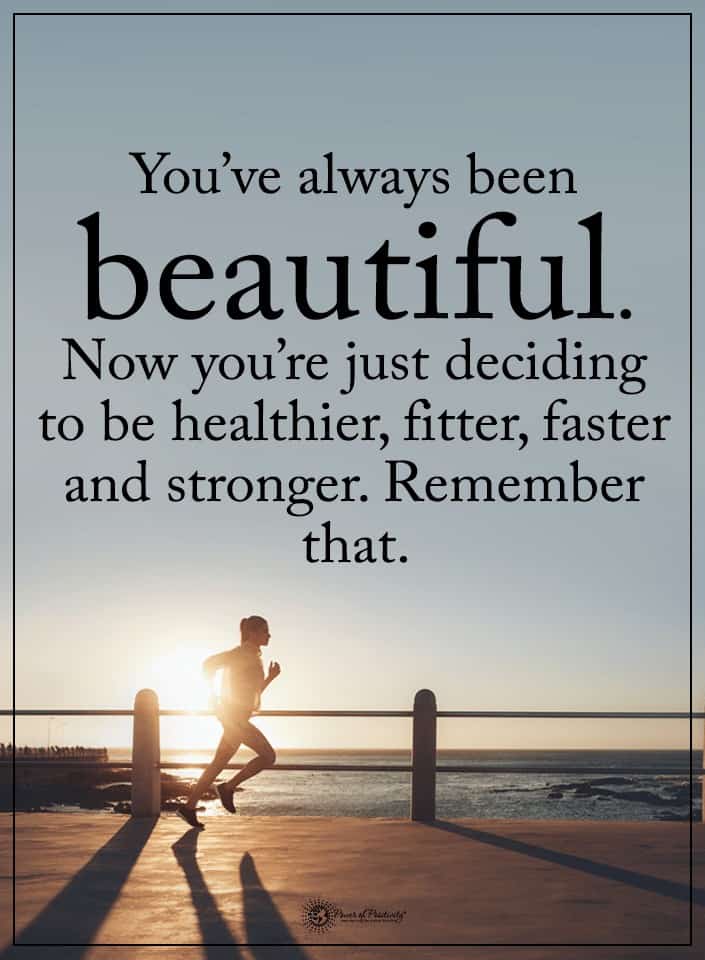 Final Thoughts on improving your health with a low-sodium diet
Final Thoughts on improving your health with a low-sodium diet
People often go on a low-sodium diet when they’re diagnosed with a heart problem like high blood pressure. But you don’t need to wait to have a health problem to go on a low-sodium diet. If you eat low-sodium food while you’re young, you’ll potentially prevent yourself from having heart problems. Here are some basics for staying healthy longer so you won’t end up with health problems associated with aging.
While you’re young, make it a habit to
- Eat less sodium
- Eat less sugar
- Increase your fiber
- Eat lots of healthy vegetables and fruits.
- Eat leaner meats
- Choose healthy fats
- Exercise
Today’s American diet is full of sodium. It’s a silent killer that causes heart disease, strokes, and even brain problems. If you start eating lower sodium while you’re young, you can save yourself many health problems later in life.
Begin with some simple steps to lower your sodium intake. Be a label reader, and find healthy alternatives to your favorite things that contain loads of sodium. Whipping up something on your own is also a great way to reduce sodium levels. Small steps matter. Don’t wait until you have a heart problem to start eating low sodium.
Be creative with cooking recipes, cut the levels of salt they recommend, or add flavorful spices, lemon, or lime juice to your recipes. In no time, you’ll find that you’re eating a low-sodium diet without ever missing it.

